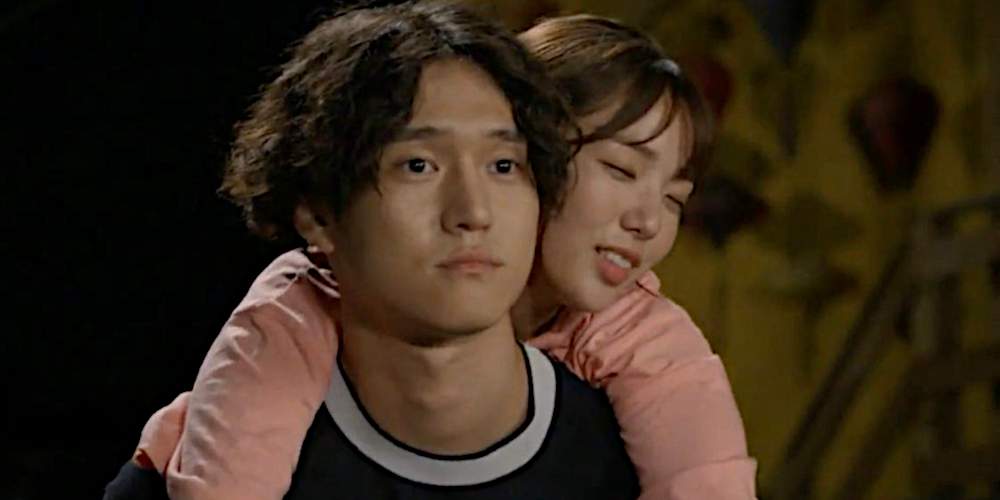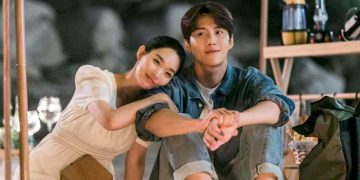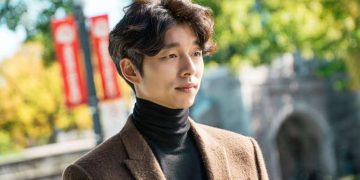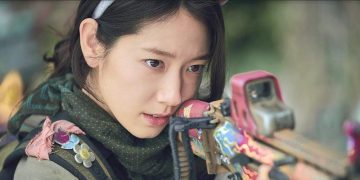Korean TV dramas (also called K-dramas) are popular all around the world despite so many of their stories feeling suspiciously similar. Up until recently, K-dramas tossed originality for what fans really wanted: exciting romance-filled plots with lovable characters.
While many Korean TV series (particularly older ones) do feel a bit like copycats, newer ones have started throwing in their own unique twists for freshness—while still incorporating those older tropes and cliches, because K-drama watchers still love them.
Indeed, while tropes and cliches can be annoying in most forms of media, fans of K-dramas have come to love and expect them. It can be fun to see how different writers and casts pull off certain tropes better or worse, and the familiarity is part of the draw for K-drama addicts.
Here are some of the most common Korean drama tropes and cliches, including what they are and why they're so popular.
8. Overprotective Parents
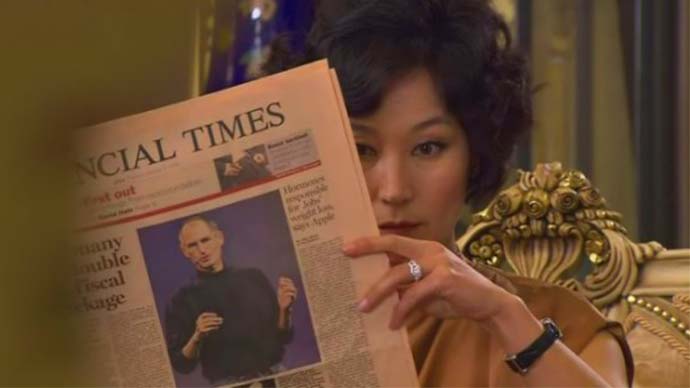
It's normal to have protective parents, but it becomes problematic when they're too protective—to the point that they'll ruin the lives of others just to protect their own child's future.
This trope is common in Korean dramas featuring rich characters who fall in love with those below their own social status. This goes against their parents' wishes, who have likely made arrangements for their child to be married off to someone from another well-off family.
As is often the case with stories about arranged marriages, this setup gives the story a parent-child misunderstanding that results in subplots, scenes, and twists that enhance the main romance.
7. A Loving Close Friend
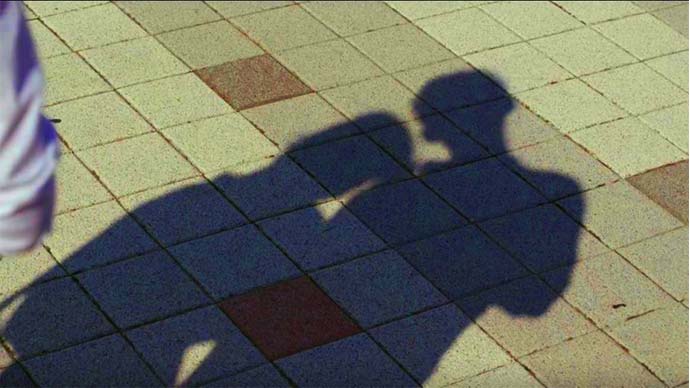
Romance K-dramas often feature love triangles, which puts one character in the famous role of "second lead." That character usually happens to be the closest friend of the primary lead, who always stands by their side through good times and bad.
They're the type of character who shows care and love without ever shouting it out or bringing attention to it. They sacrifice their own happiness for their friend's happiness, making fans feel sorry for them.
6. Touch of Humor
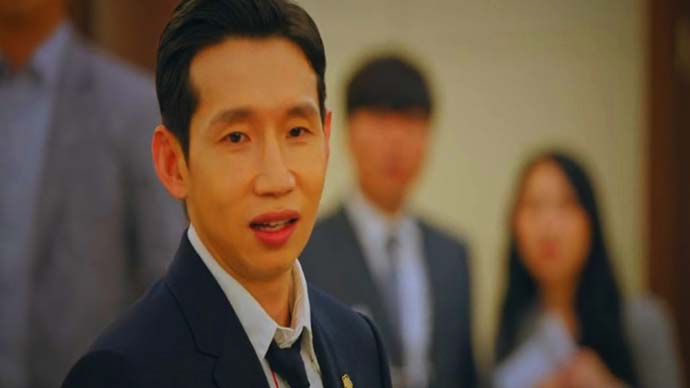
Despite how dark and serious any Korean drama series might be, there's always a touch of humor that lifts scenes from the tension of the plot. There will always be clowny comedic relief characters who turn any scene lively and full of laughter when they arrive on-screen.
These characters could be clumsy coworkers, the chitchatting maids, or even a recurring store vendor. The main actors and actresses might also play a role in delivering comedic scenes, like by adding cuteness to their characters and to the story as a whole.
The best examples of such funny characters are Lee Kyu-jin of Penthouse: War in Life and Jo Nam-do of The Legend of the Blue Sea.
5. Sweet Back Hugs
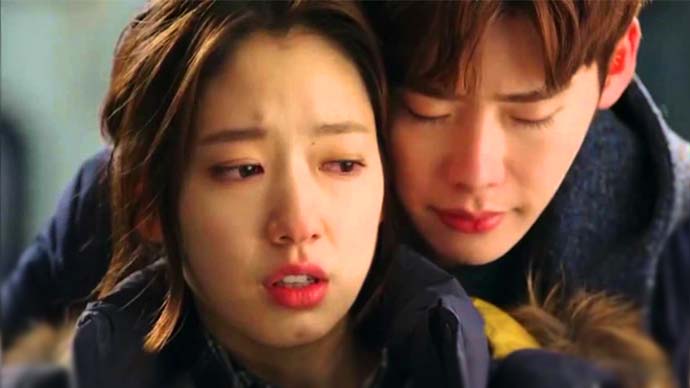
We all love to see the main lead (or even second lead) hug their love interest from behind, as they comfort them or offer a promise: "I won't let you go." This one may be a bit too overused, but it still gives that sense of thrill and excitement that K-drama fans always want.
Sweet back hugs are found in all kinds of Korean dramas, both classic and modern, by both men and women. It's a quick yet meaningful way to show how much one cares for another and take the relationship further.
4. The Soju Scene
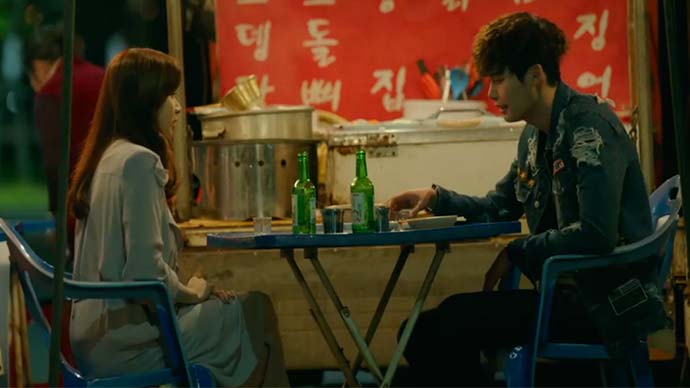
If a character is struggling with a problem—whether that problem centers on a parent, a sibling, a love interest, a workplace issue, or whatever else—there's only one place to go: anywhere that serves soju!
This Korean alcoholic drink is common in scenes where characters need some time alone or need to blow off steam with friends as they vent and complain about their problems.
When the soju scene is done with a close friend, they might also join in with their own problems and commiserate together. It's a kind of love that can't be expressed. And sometimes, there might even be a confession—after the other has passed out from drinking too much.
3. The Piggyback Ride
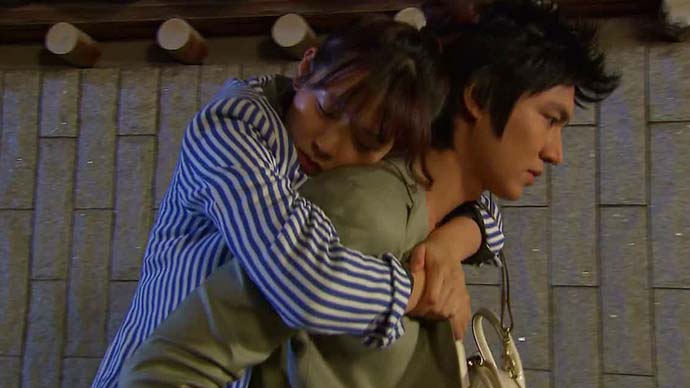
Aside from kisses and hugs, one of the sweetest and most romantic moments in a K-drama is the "piggyback ride."
The rider is usually too drunk to walk (especially if they're a petite female), but could also instead be suffering from a sprained ankle, overexhaustion, or even faking an ailment to get closer to the ride giver.
2. The Knight in Shining Armor
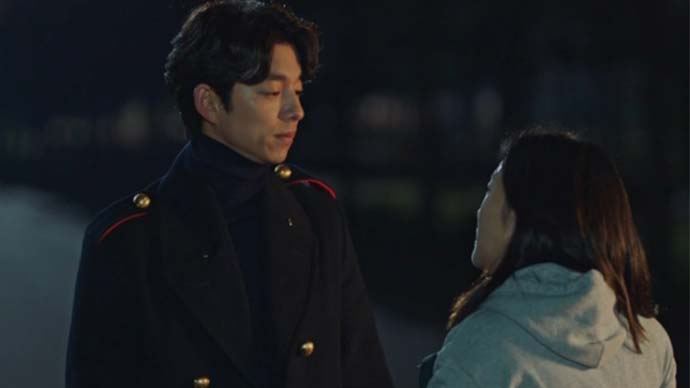
There's always some kind of scene where a helpless female character is saved from bullies or trouble by the badass male lead.
This "knight in shining armor" is also usually a rich guy with overprotective parents, or the popular guy at school, or maybe a close friend who wants to take things to the next level.
Even in fantasy or historical K-dramas, there will always be some guy who enters the scene and saves the damsel in distress.
1. Bad Guy Falls for Good Girl
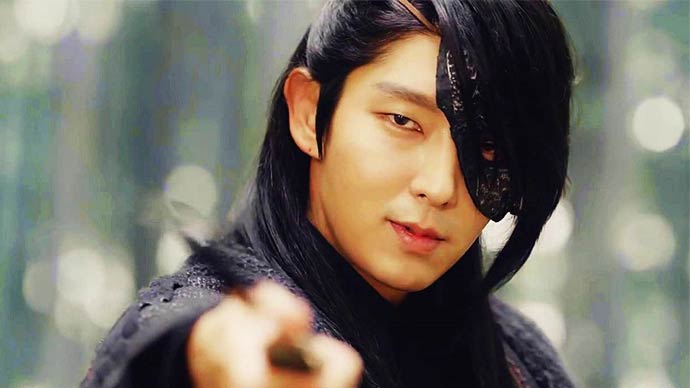
Most K-drama series, from historical to futuristic series, feature a badass cool guy who can fight his way through hordes of gangsters.
And when this bad boy encounters the female lead and inexplicably needs to work with her toward some shared goal, he gradually sheds his badass side and turns good (although that badass side might come out again during times of danger or distress).
This transformation usually comes with a change to the character's appearance as well, like ragged clothing to stylish clothing. It just makes the story more exciting as the guy will do anything to capture the girl's heart, which is true enough even in the real world.
